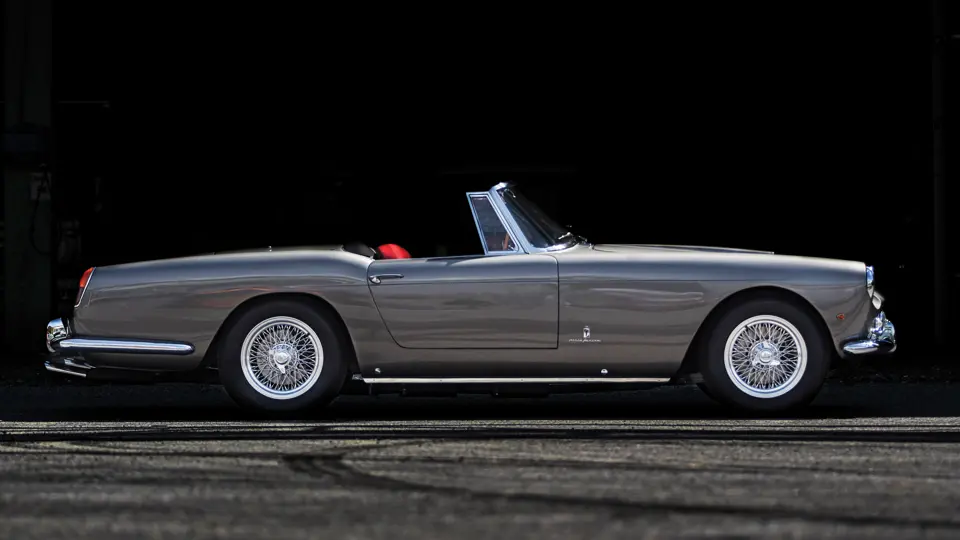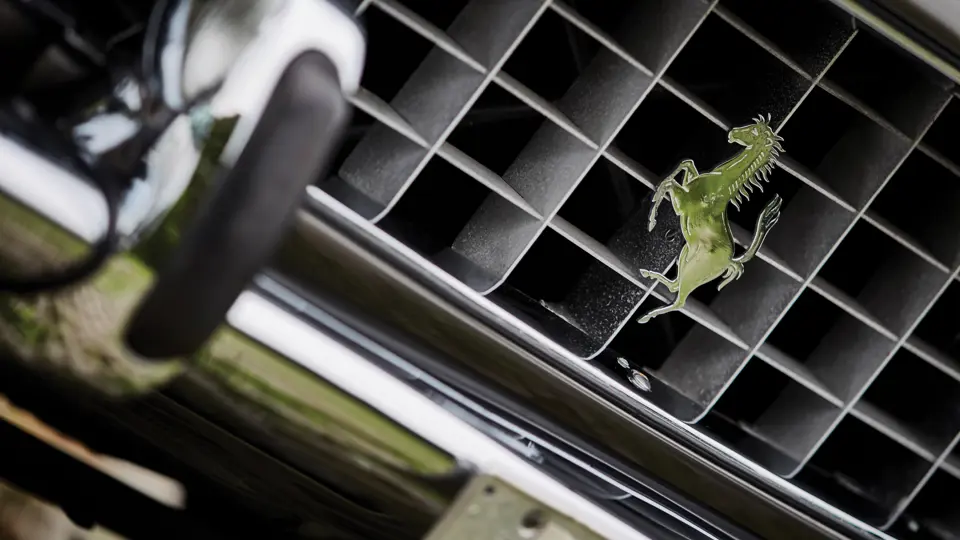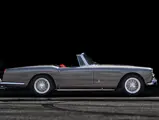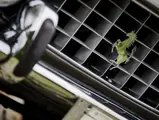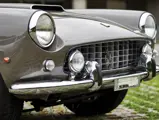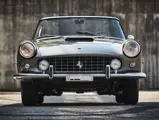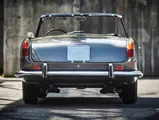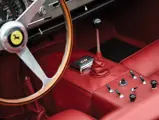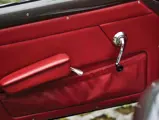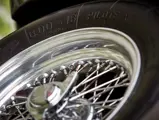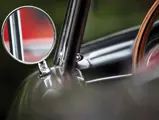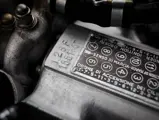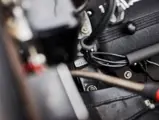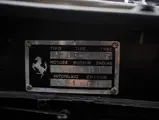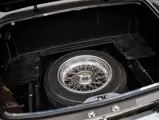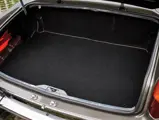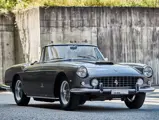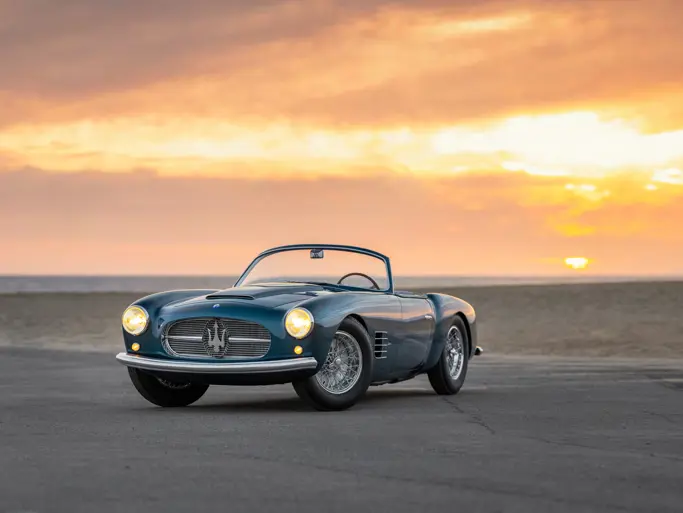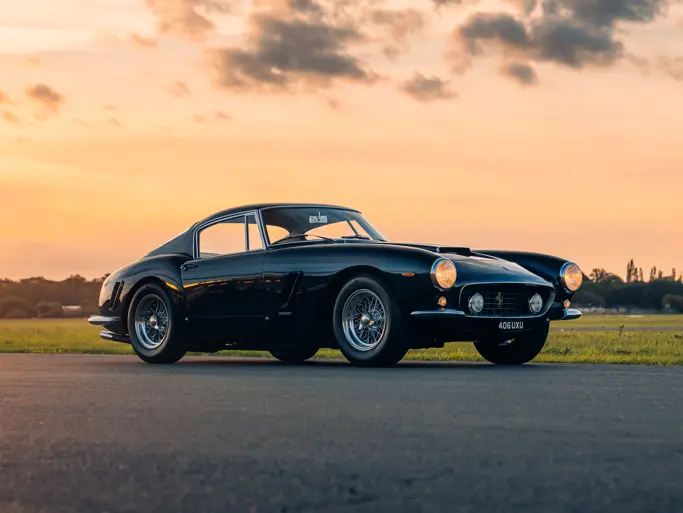
1960 Ferrari 250 GT Cabriolet Series II by Pinin Farina
{{lr.item.text}}
£1,288,000 GBP | Sold
{{bidding.lot.reserveStatusFormatted}}
- The 33rd of 201 examples built
- Delivered new to Italian oil magnate and Internazionale owner Angelo Moratti
- Beautifully restored by marque specialists Kessel Classic
- Wonderful original colour combination
- Displayed at Villa d’Este in 2014
- Ferrari Classiche certified; original engine and gearbox
240 bhp, 2,953 cc SOHC 60-degree V-12 with three Weber 36 DCS carburettors, four-speed synchromesh manual transmission with overdrive, independent front suspension with unequal length upper and lower A-arms, coil springs, an anti-roll bar, and Koni hydraulic shocks; solid rear axle with semi-elliptical leaf springs, trailing arms, and Koni hydraulic shocks; and four-wheel Dunlop hydraulic disc brakes. Wheelbase: 2,600 mm
Intended for a different customer and style of driving than Ferrari’s other open-top offering, the 250 GT California Spider, the 250 GT Cabriolet was a true gentleman’s Ferrari designed for high-speed touring in comfort. With the performance one would expect from Maranello’s finest, the cabriolet gave no concessions to luxury and was exquisitely trimmed and appointed to please Ferrari’s demanding clientele. With a spacious boot that could hold more than enough luggage for two for a long-weekend trip, this was the ideal touring car for the California coast or the South of France.
A second-series cabriolet first debuted at the 1959 Paris Motor Show and showcased a number of stylistic and mechanical updates over its predecessor. Visually, these cars featured open headlamps with a slightly more rounded nose and rear fenders with elongated tail-lamp lenses. More interior space was added to provide both the driver and passenger with additional comfort, and the trunk was made slightly larger as well.
With the 250 GT Cabriolet Series II, Ferrari took the opportunity not only to upgrade the car’s looks, but also to improve the overall driving experience. In addition to being fitted with all-wheel disc brakes, Ferrari installed its latest iteration of the Colombo V-12 engine, designated Tipo 128F. The spark plugs were relocated to the outside (rather than in-between the V as in prior iterations), and the coil-valve springs were substituted for hairpins. This new architecture allowed for more head studs per cylinder and non-siamesed porting. This resulted in a better breathing engine with improved torque and reliability. To boot, the 128F also facilitated far easier and quicker changing of the plugs, to the enduring relief of both mechanics and owners alike.
By the end of production in mid-1962, 200 examples of the 250 GT Cabriolet Series II had been constructed, far outselling the first series of 250 GT Cabriolets.
CHASSIS NUMBER 1881 GT
The records of renowned marque historian Marcel Massini record that chassis number 1881 GT was a relatively early car, as the 33rd 250 GT Cabriolet Series II produced. The chassis was delivered to Pinin Farina on 24 March 1960, and the car completed on 7 June, after which it was delivered to the original owner, Angelo Moratti of Milan. Mr Moratti was the patriarch of the renowned Italian oil family, as the founder of Saras SpA, known for its massive refinery in Sardinia, and was also the owner and president of the Serie A football club, Internazionale. He was certainly a man who was in the best possible position to acquire the latest and greatest new Ferrari.
The car’s known history continues in Switzerland, where it remained for many years, including single ownership from 1987 to 1996. It was subsequently acquired in 2005 by a Monaco-based collector, then by a Dutch collector, who in 2007 sold it back to Switzerland, the country in which the car has spent so much of its life.
The new owner had the car serviced and maintained by the well-known marque specialists Kessel Classic of Lugano. As part of this work, the car, already the subject of a proper restoration, was refinished in its original colour scheme, the exciting and unusual Grigio Acciaio (Savidin 20259) with a Rosso (VM 3171) interior. With this work completed, the beautiful Cabriolet Series II was presented at the Concorso de Eleganza Villa d’Este at lovely Lake Como in May 2014.
Furthermore, in its current ownership, the car has been accorded Ferrari Classiche certification, with the Red Book on file, noting that it retains its original matching-numbers components, including the engine, as-delivered in 1960. The car recorded 63,286 kilometres at the time of cataloguing, and as would be expected from a recent entrant at Villa d’Este, is accordingly in superb condition throughout, ready to be shown at the next event of its new owner’s choosing. The paintwork is rich and deep, with a spectacular shine, accented by beautiful brightwork, including the dual fog lights and Borrani wire wheels. Similarly, the interior is beautiful and well-presented, down to the crystal-clear Veglia gauges and properly restored wooden steering wheel.
The Cabriolet Series II is widely regarded as one of the finest and most enthralling road-going Ferraris of its era. This beautifully restored example, in wonderful original colours and with the best equipment, will allow a new owner to experience why it is so renowned.
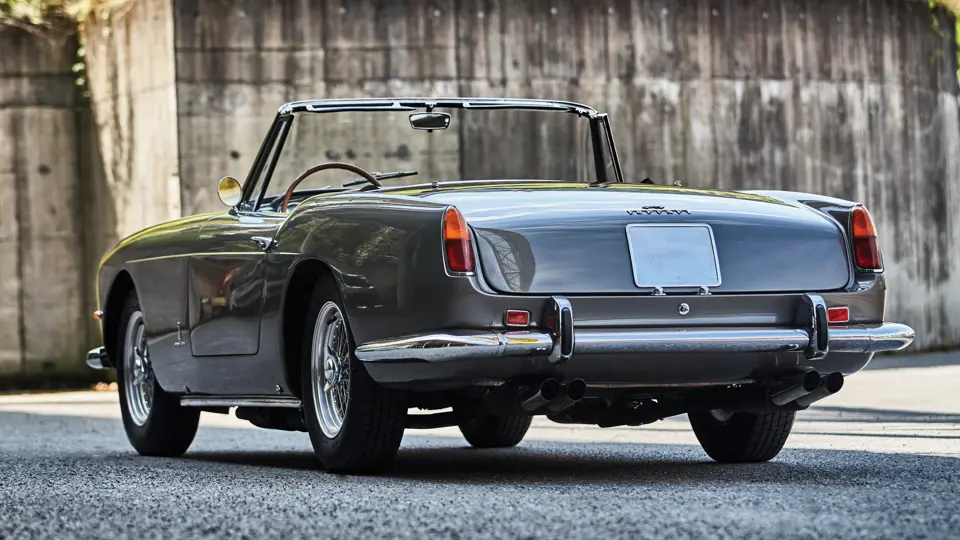



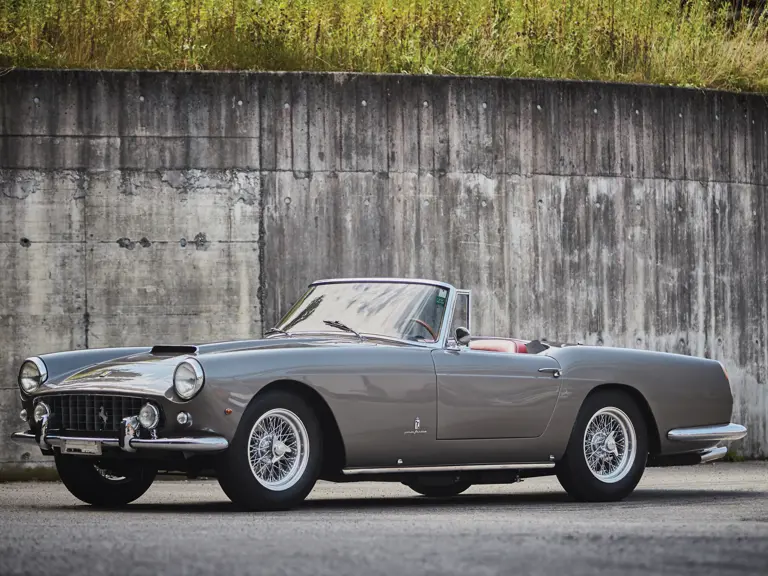
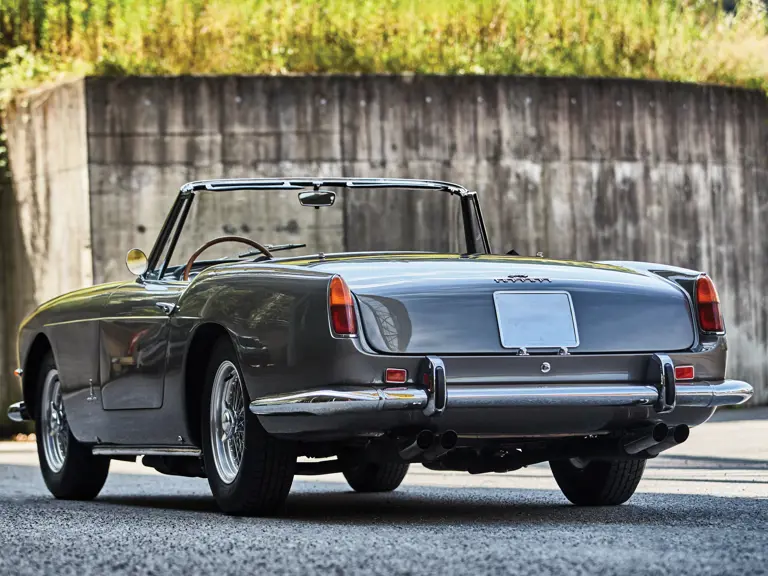
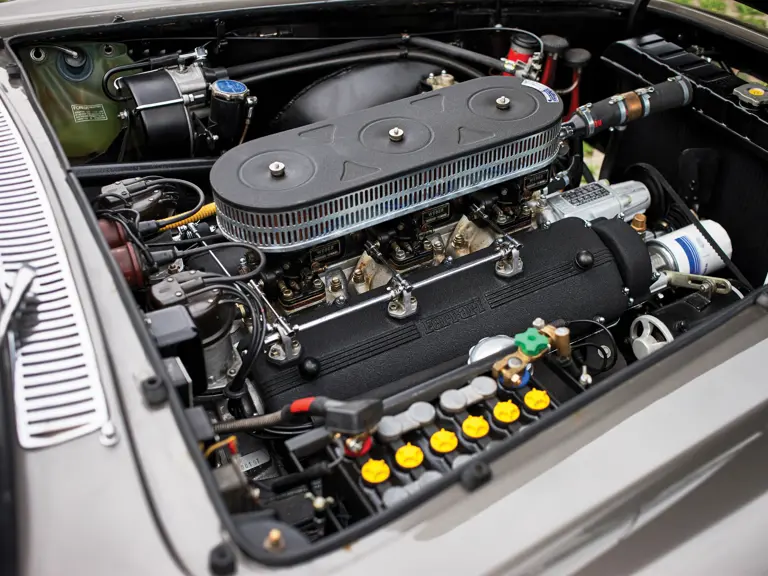
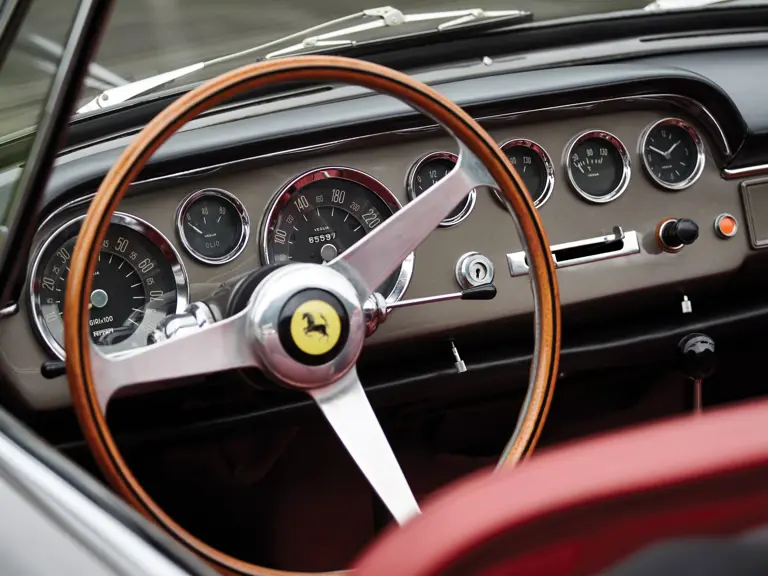
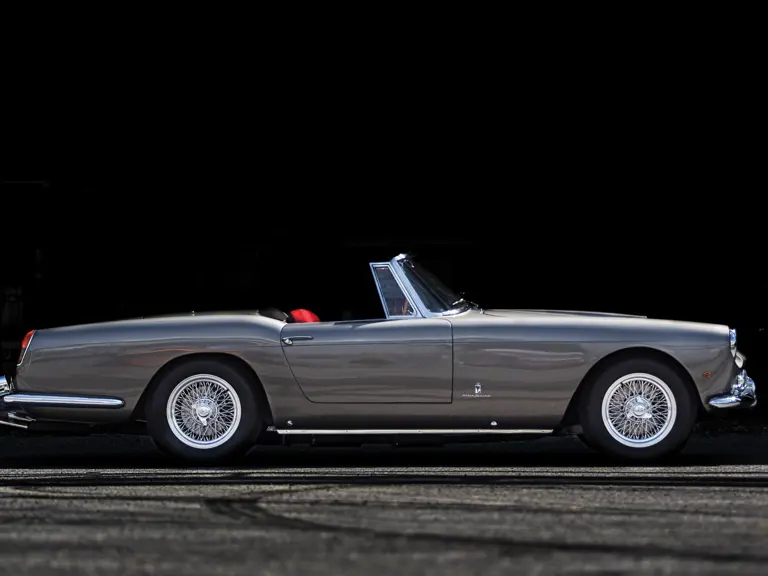

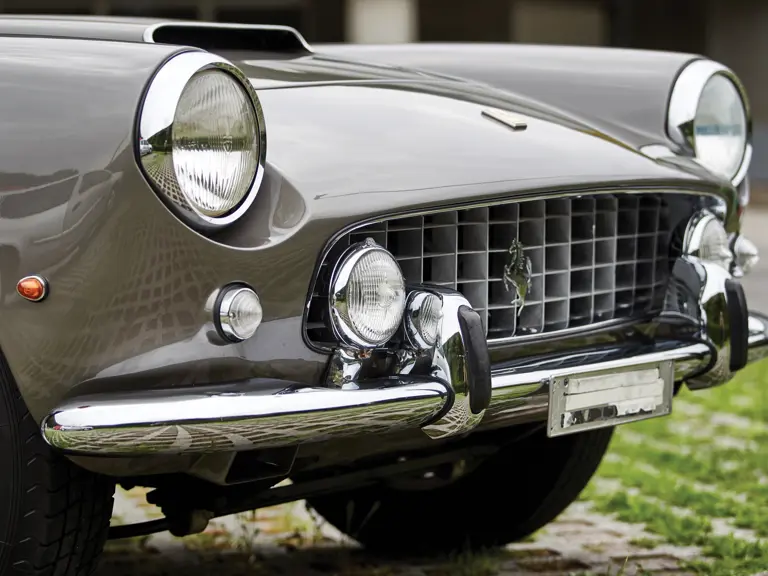
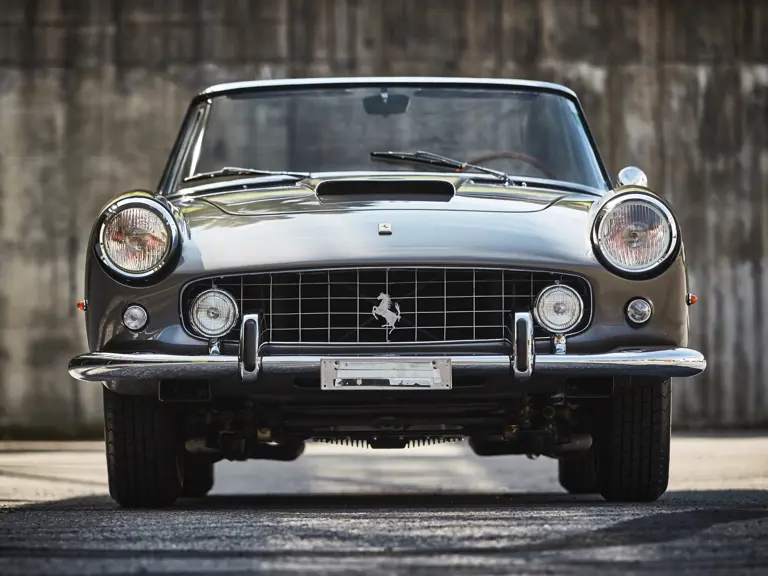
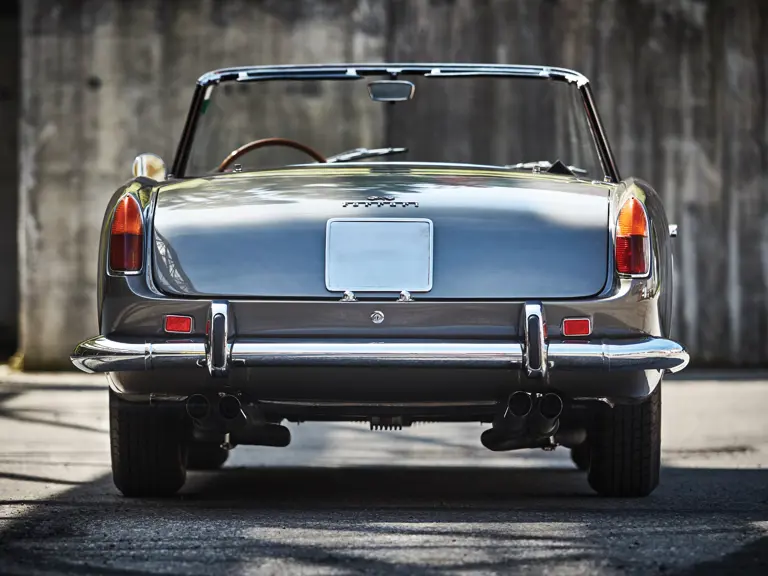

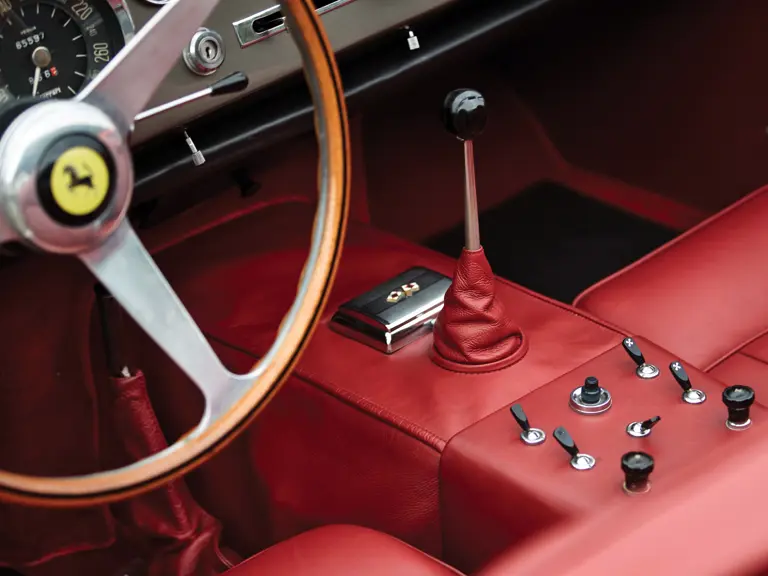


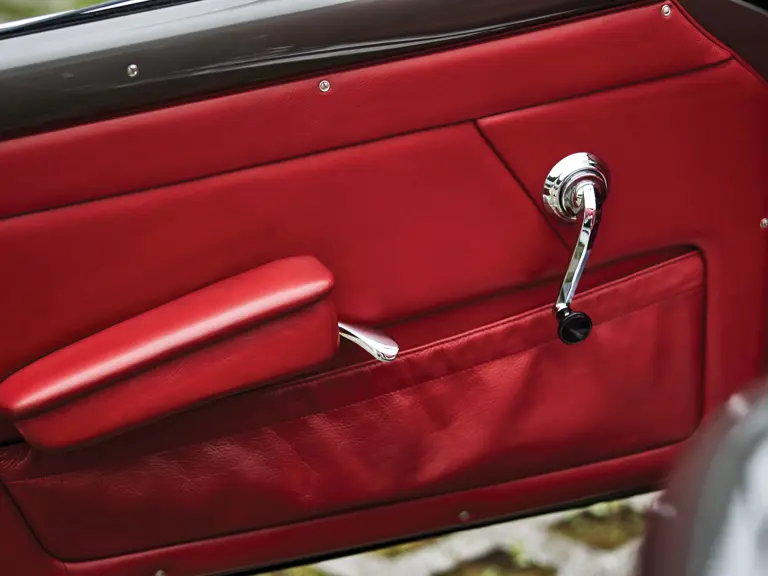
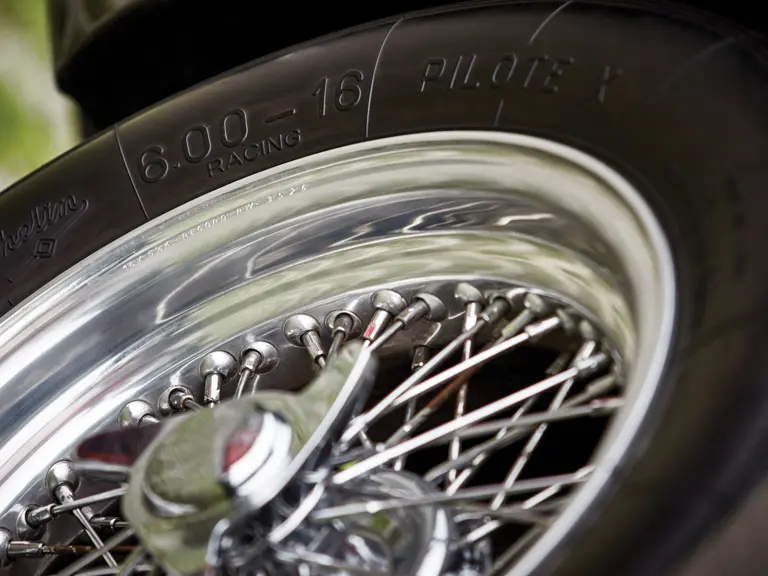


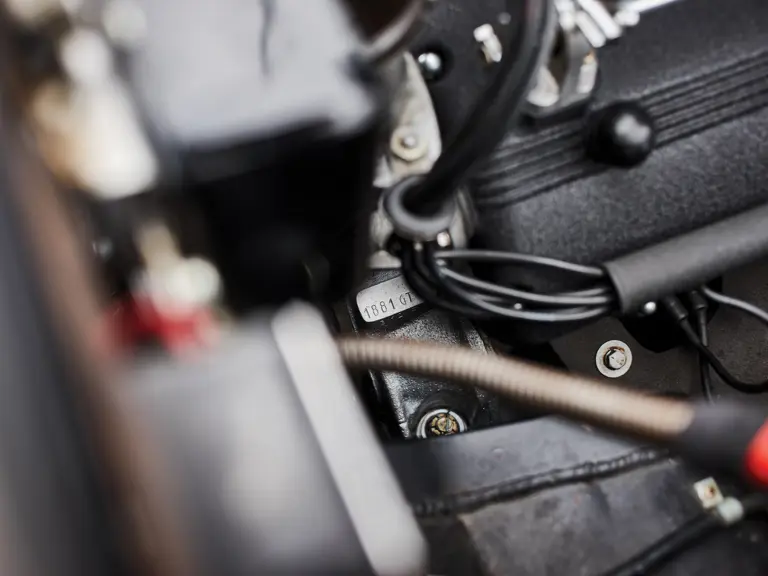

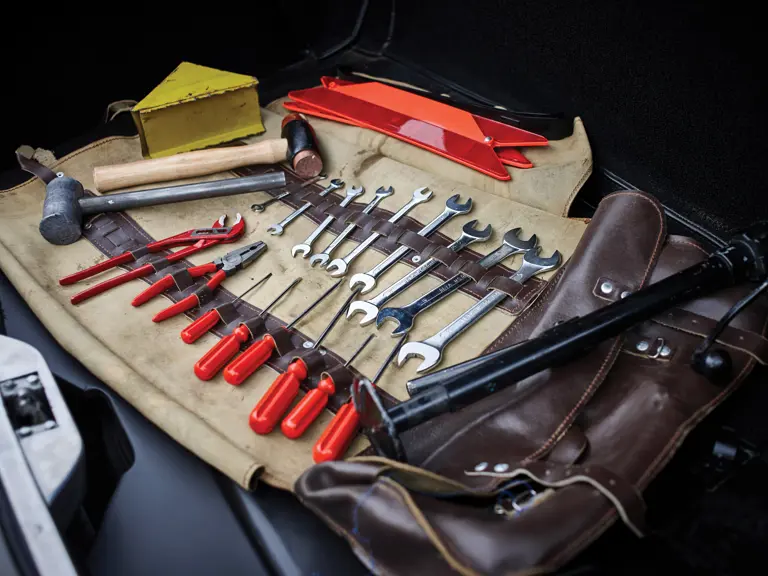
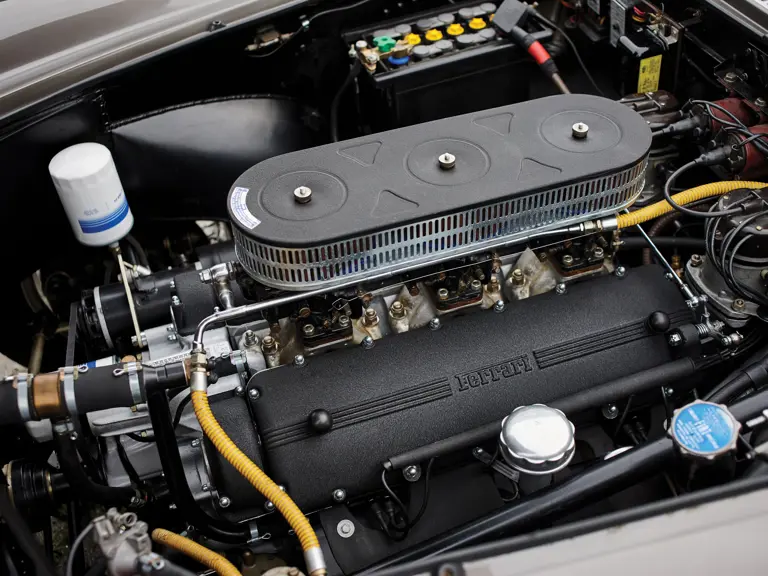
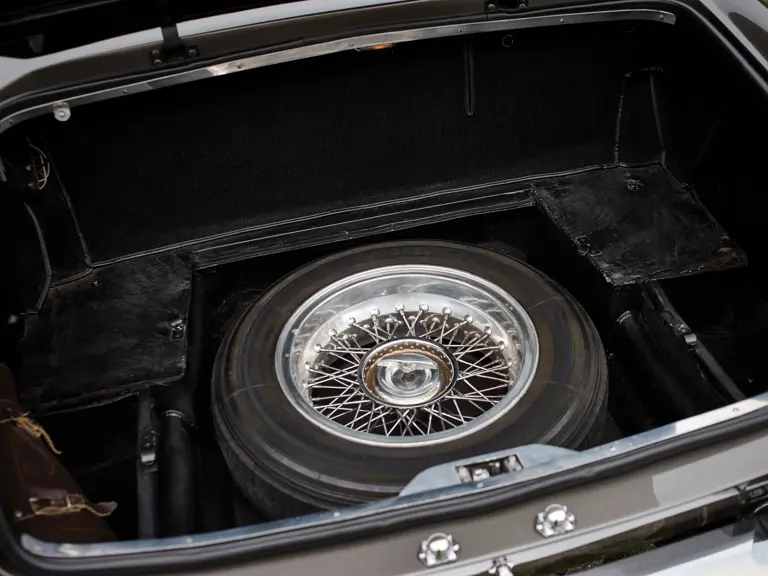
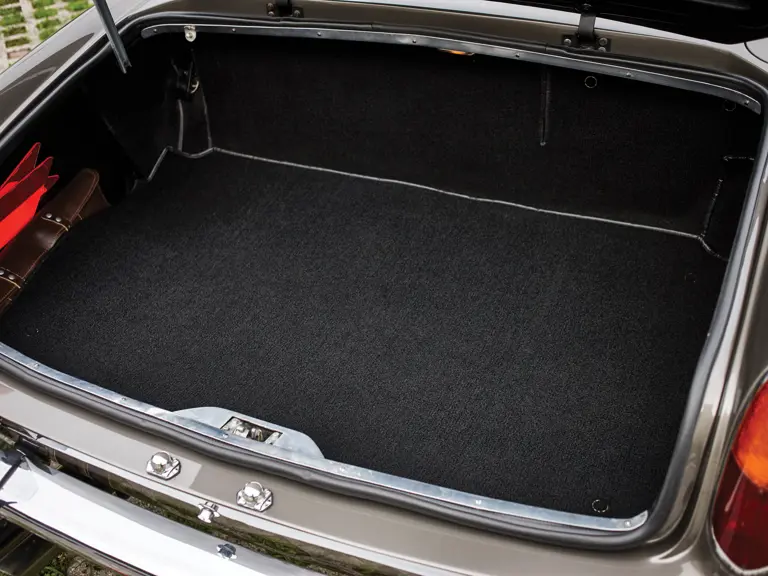
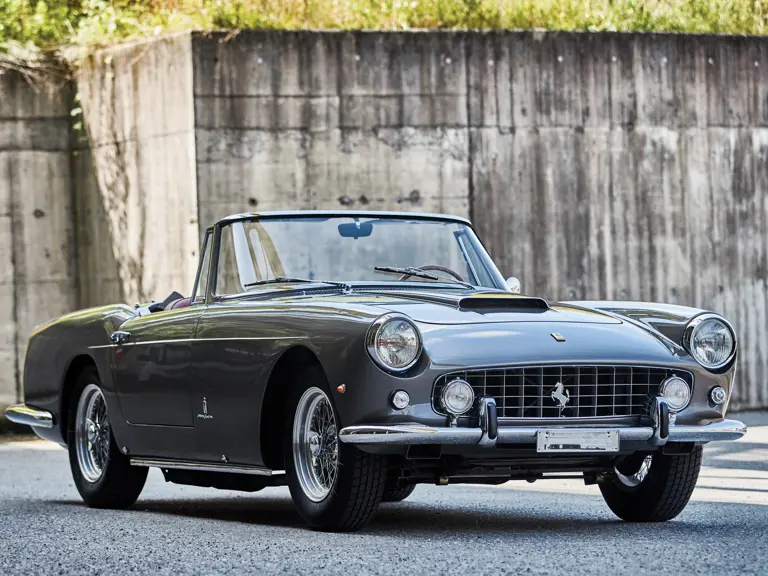
 | London, United Kingdom
| London, United Kingdom
